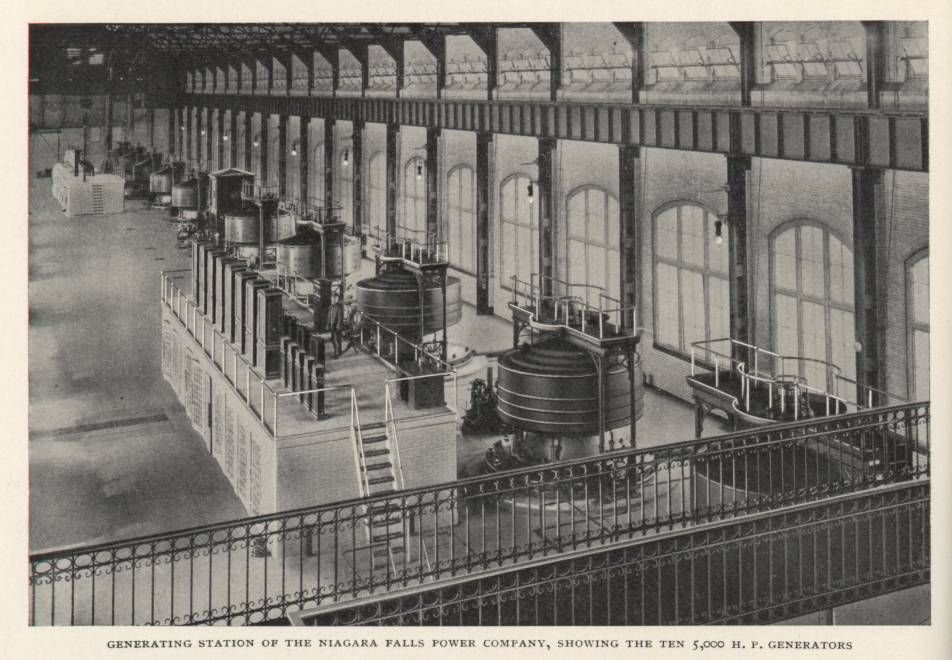The Niagara Falls Power Project
Launched in 1961, the Niagara Power Project is New York State’s biggest electricity producer and a major tourist attraction.
After the “catastrophic collapse” of the Schoellkopf Power Station in June 1956, the New York Power Authority set out to construct a replacement power station 4.5 miles downstream from Niagara Falls, along with “a giant reservoir to be located further downstream near Lewiston.” The plan was known as the Niagara Power Project.
As head of the power authority, Robert Moses spearheaded the project. One of the first obstacles was that land for the reservoir was on the Tuscarora Indian Reservation. The Tuscarora tribe didn’t want to relinquish any of their land, so they took their case all the way to the U.S. Supreme Court.
In 1960, the Supreme Court ruled in favor of the power authority—authorizing it to seize 550 acres of the 6,300-acre Tuscarora Reservation at a cost of $1,500 per acre. This caused the displacement of 175 members of the Tuscarora tribe and 37 of their homes.
Other obstacles were the dangerous working conditions along the Niagara River gorge. During construction of the power station, two giant Euclid construction trucks plunged into the river and twenty laborers died in construction-related accidents.
Construction of the power station took three years, 11,700 workers, and $737 million. In 1961, the Niagara Power Project produced its first power. At the time, “it was the largest hydropower facility in the Western world.”
President John F. Kennedy gave a dedication speech from the White House, declaring that the project represented “a new and more prosperous era for the Niagara frontier” and “an example to the world of North American efficiency and determination."
Today, the renamed Robert Moses Niagara Power Plant is “New York State’s biggest electricity producer, providing up to 2.6 million kilowatts of clean electricity.” This occurs through the combined efforts of the Lewiston Pump Generating Plant and 25 turbines that spin 748,000 gallons of water per second. Power is generated when a gated tunnel under the city diverts water from the Niagara River into two reservoirs and the reservoirs release the water.
In 2017, the National Parks Service designated the area as the Niagara Power Project Historic District. It includes the 341-acre Reservoir State Park, which “was built atop fill generated by construction of the power project.”
At the Niagara Power Project Power Vista, “visitors can learn about the history, culture and people of the Tuscarora Nation” and “the history and operations of hydroelectric power in the Niagara Region through interactive, engaging exhibits.” They can also see some pretty spectacular sights from the observation deck.
Hope L. Russell, Ph.D.


